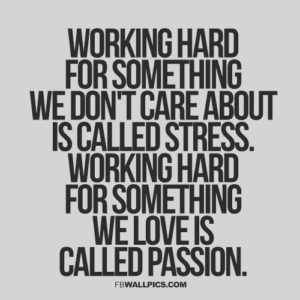How to Make the Law of Attraction Work For You

If you are reading this article, it is likely that you want to know how to make the law of attraction work for you. First things first. When it comes to creating the life that you want for yourself, there is a clear and precise blueprint that is tried and proven. When you use this blueprint, which I teach in all of my Visionetics courses, especially the Elevation & Empowerment and the 1-on-1 Coaching programs, you can be assured that if you stay the course, you will make progress, and progress is the greatest part of fulfillment.
The law of attraction does not exist in a vacuum. It is a part of a highly complex dynamic through which the seven universal laws are constantly in effect. The seven universal laws include the law of Mentalism, the law of correspondence, the law of vibration, the law of rhythm, the law of cause and effect and the law of gender. The first three laws are immutable, but the last four can be transcended by those who are able to achieve a supreme state of existence. In essence, what I do for my clients is help them to achieve this supreme state so that they can achieve their desired outcome or results consistently throughout their lives.
If you want to make the law of attraction work for you, you must first understand that it is a law, not a mystic force. What I love about the law of attraction, and the seven universal laws, is just that, they are laws — meaning that they produce the same results, under the same circumstances each and every time. So, I know when I am working with my clients that if I can get them to buy into the process, I will get the required results.
The Importance of Setting Intent
When I first speak with my clients I get them to tell me exactly what it is that they expect to gain from working with me. I want to know what is the result they are looking for. What is the outcome they desire. Without having a lucid portrait of the outcome, it is impossible to set the path to get there. One of the reasons that the law of attraction fails to work for many people is the fact that they don’t know, with any specificity, the outcome they are looking for. They are more focused on what they don’t want. The problem with focusing on what you don’t want is that you place so much emphasis on the undesired outcome, that it becomes the central focus of your entire servomechanism.
Your mind uses your brain as a tool to accomplish those things that are necessary and desired. The problem is that the mind has to be clear on what it wants, not what it doesn’t want. When you focus on what you want — achieving the outcome will automatically ensure that you don’t get what you do not desire. But, focusing on the undesired outcome works to place it front and center, and you end up getting exactly what you didn’t want.
When you set your intent, your mind, your brain, your reticular activating system and your neurological pathways begin to work in harmony to bring you those things that you place the most emphasis on. Have you ever seen a car, an outfit or some other object that you decided you just had to have, and then all of a sudden, every time you look up you see it? The truth is that the car or shirt has always been there, but not until you made it a central focus in your life, did it begin to register on your radar. This is actually the work of the reticular activating system — a biological function through a physiological mechanism located at the top of the brain stem. The RAS literally identifies those things that the conscious mind places emphasis on and translates it as a target to the subconscious mind. This servomechanism is what drives you toward certain things and away from others.
This is why setting your intent is so important. When you set your intent, it is like setting the thermostat of your brain, or the autopilot on a plane. Your brain begins to function as a servomechanism through a process known as psycho-cybernetics. When intent is set, you are on a course toward the setting. Here is where many people run into a problem. Remember, that the subconscious mind will focus on that which is most consistently entertained. It cannot differentiate between what is desired and what is not, only what is consistently entertained in a person’s thoughts. The process is also influenced by a person’s belief system. If a person does not believe that a desired result is within their grasp, it will impact the process through a number of factors, and they will, in some way, self-sabotage their efforts.
The Power of Homeostasis
It is important to understand that the law of attraction is not some magic wand that you simply wave around and get what you want. It is actually one component, in a highly complex dynamic, in which a person attracts that which they are in harmony with. A person who suffers in the areas of poor self-image, or a poor self-concept, will not be able to attract to themselves anything associated with greatness, because the servomechanism will continually point them towards behavior and habits that produce the results associated with their expectations, based on their own self-concept. In other words, you cannot become what you do not believe you have the capacity to be.
The law of attraction is about placing yourself in a position of homeostasis with those things you desire. This means that you must be vibrating on the same plane as those things you want. You can’t function at a low frequency, creating low vibrations, and expect to obtain anything that is at a higher frequency and vibration. No amount of positive affirmations and positive thinking can produce that. You get who you are.
As Tony Robbins says, “to get greater results, you must raise your standards.” When you raise your standards, you automatically raise your expectations, impacting your belief systems.
You can never attract what you, yourself, are not in direct harmony with. ~ Rick Wallace, Ph.D., Psy.D.
I outline this concept in detail in my YouTube Video, Make the Law of Attraction Work for You, and I encourage you to check out my YouTube Channel, The Visionetics Institute.
You can also watch the video below.
Learn how to create powerful paradigm shifts in your life with The Power of Paradigms: Breaking Free of Psychological Bondage!
You can get some of his more popular books at Barnes & Noble, including:
The Invisible Father: Reversing the Curse of a Fatherless Generation
Renewing Your Mind: The Dynamics of Transformation
When Your House is Not a Home
5 Steps to Financial Freedom
Your Mind is the Genesis of Your Destiny
Get your FREE “Warrior” phone & desktop backgrounds:


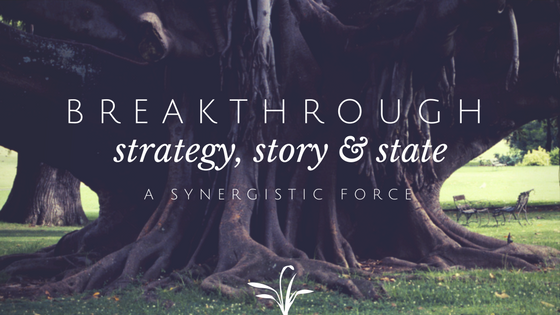


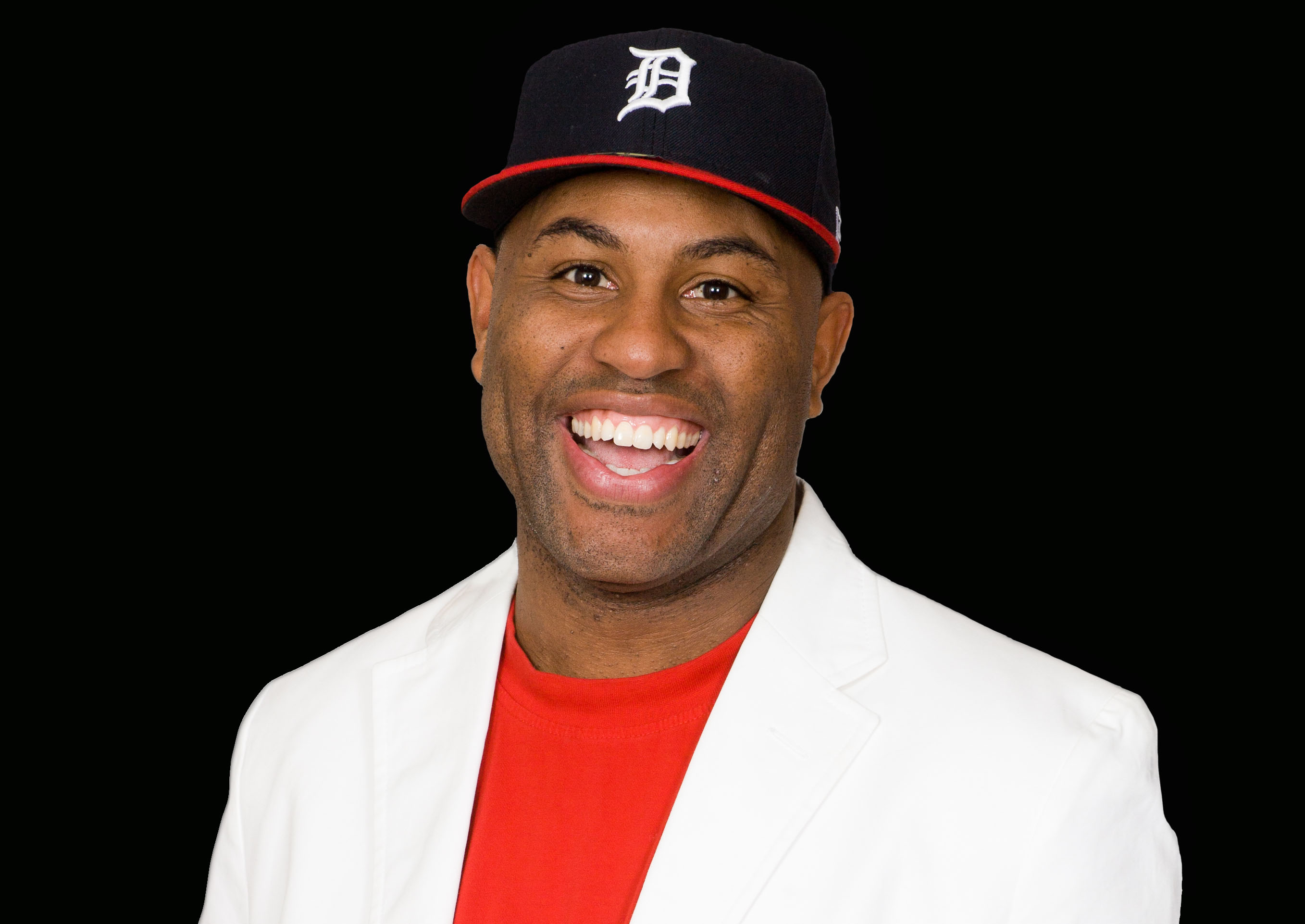

 This data smog and information overload swamps our intuition.
This data smog and information overload swamps our intuition. Each one of us has this ability to know things beyond our conscious awareness.
Each one of us has this ability to know things beyond our conscious awareness. Tapping into our intuition helps us to excel at light speed.
Tapping into our intuition helps us to excel at light speed. Intuition is an instinctual awareness.
Intuition is an instinctual awareness. I could feel the quality of the thoughts that popped into my head.
I could feel the quality of the thoughts that popped into my head. These pillars are all interlinked and much like branches of a tree.
These pillars are all interlinked and much like branches of a tree. Trust and take action (before you doubt yourself).
Trust and take action (before you doubt yourself). Connect to yourself, especially your Inner child.
Connect to yourself, especially your Inner child. It is about being authentically you.
It is about being authentically you. Much of intuitive functioning is held in the childlike spontaneity we all have.
Much of intuitive functioning is held in the childlike spontaneity we all have.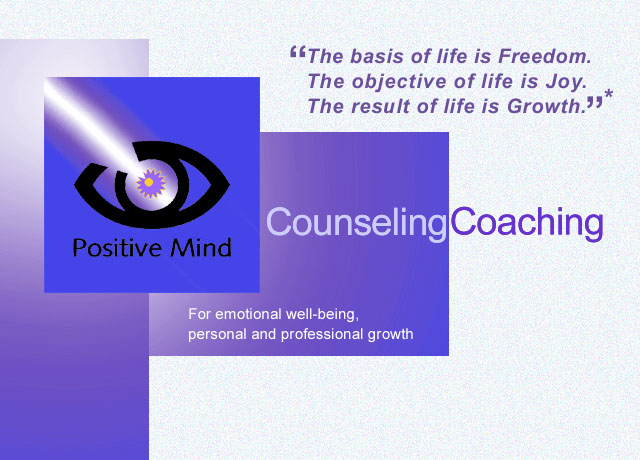
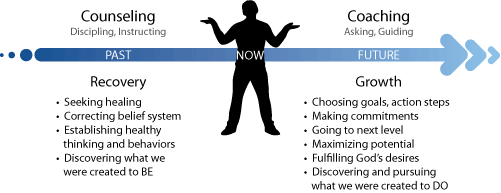
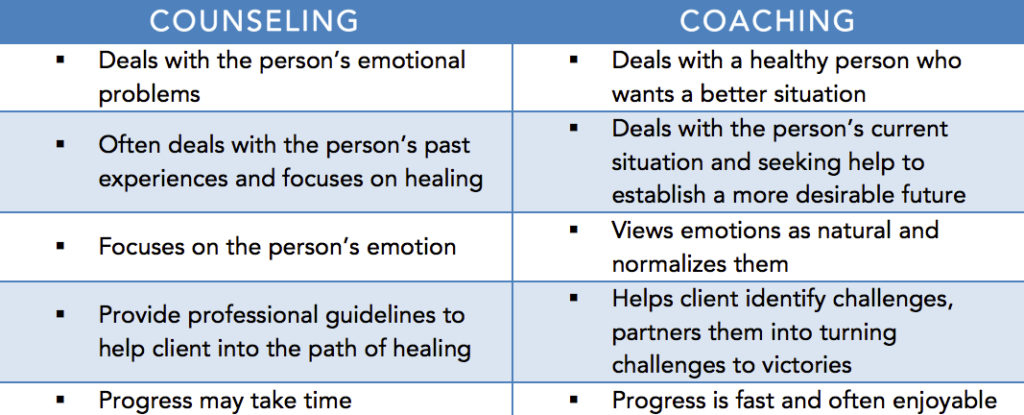
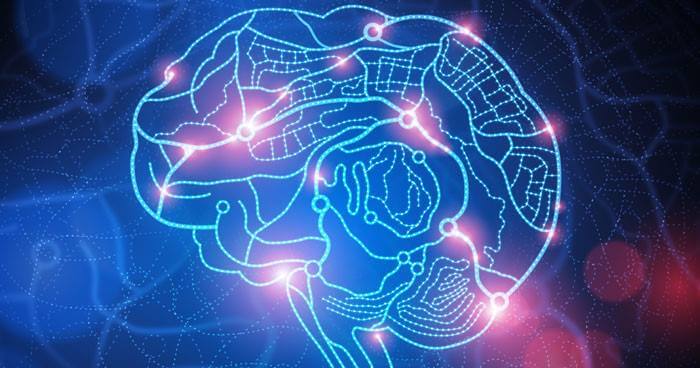






 It is never pleasant to see or be around people who clutch for control and remain rigid when the winds of change blow.
It is never pleasant to see or be around people who clutch for control and remain rigid when the winds of change blow. Our environment and life’s circumstances literally change the structure of our brains.
Our environment and life’s circumstances literally change the structure of our brains. The hippocampus part of the brain is measurably larger in a cab driver than in a bus driver.
The hippocampus part of the brain is measurably larger in a cab driver than in a bus driver. Any improvement in one area of cognition seems to enhance other faculties.
Any improvement in one area of cognition seems to enhance other faculties.
